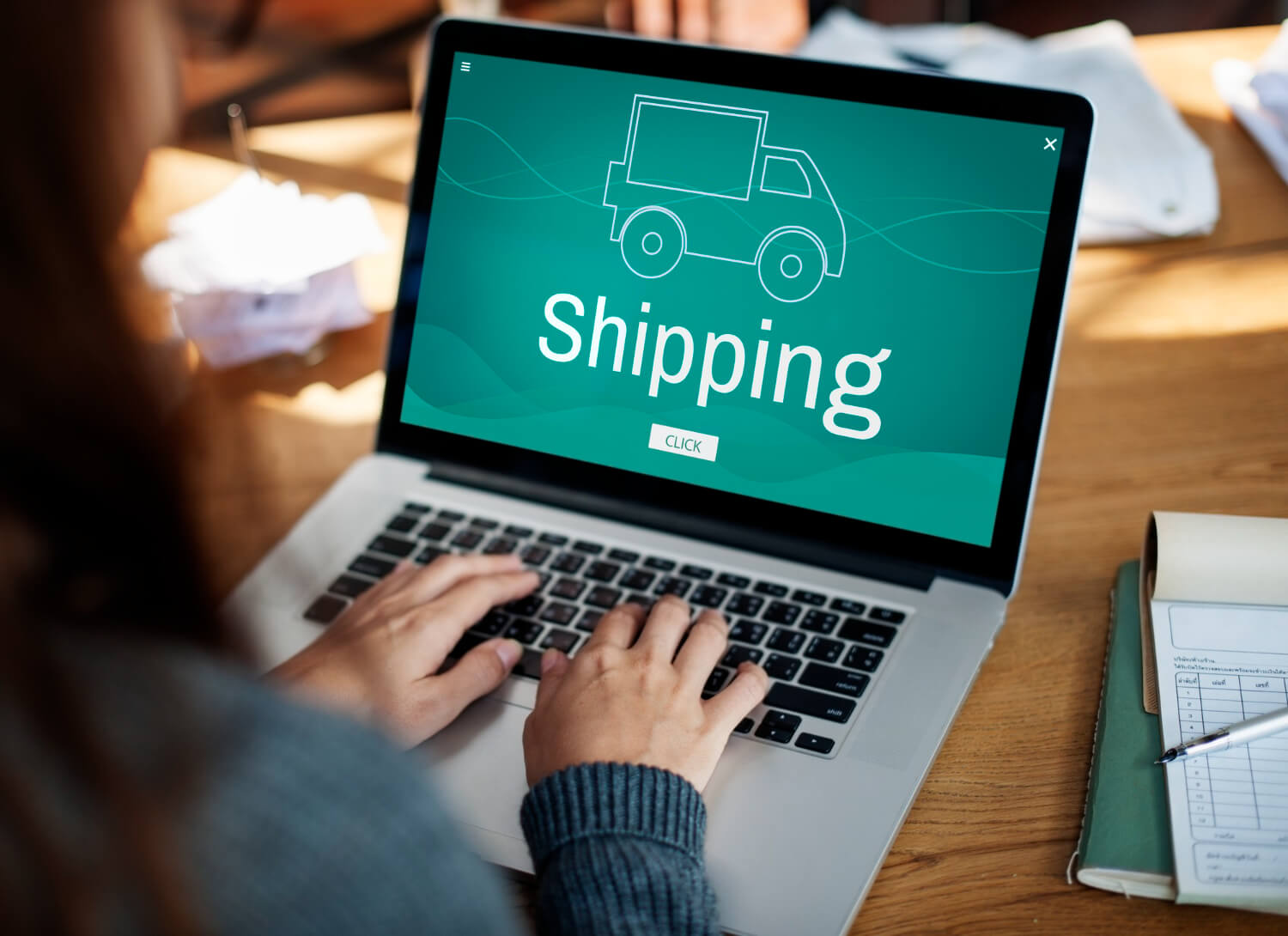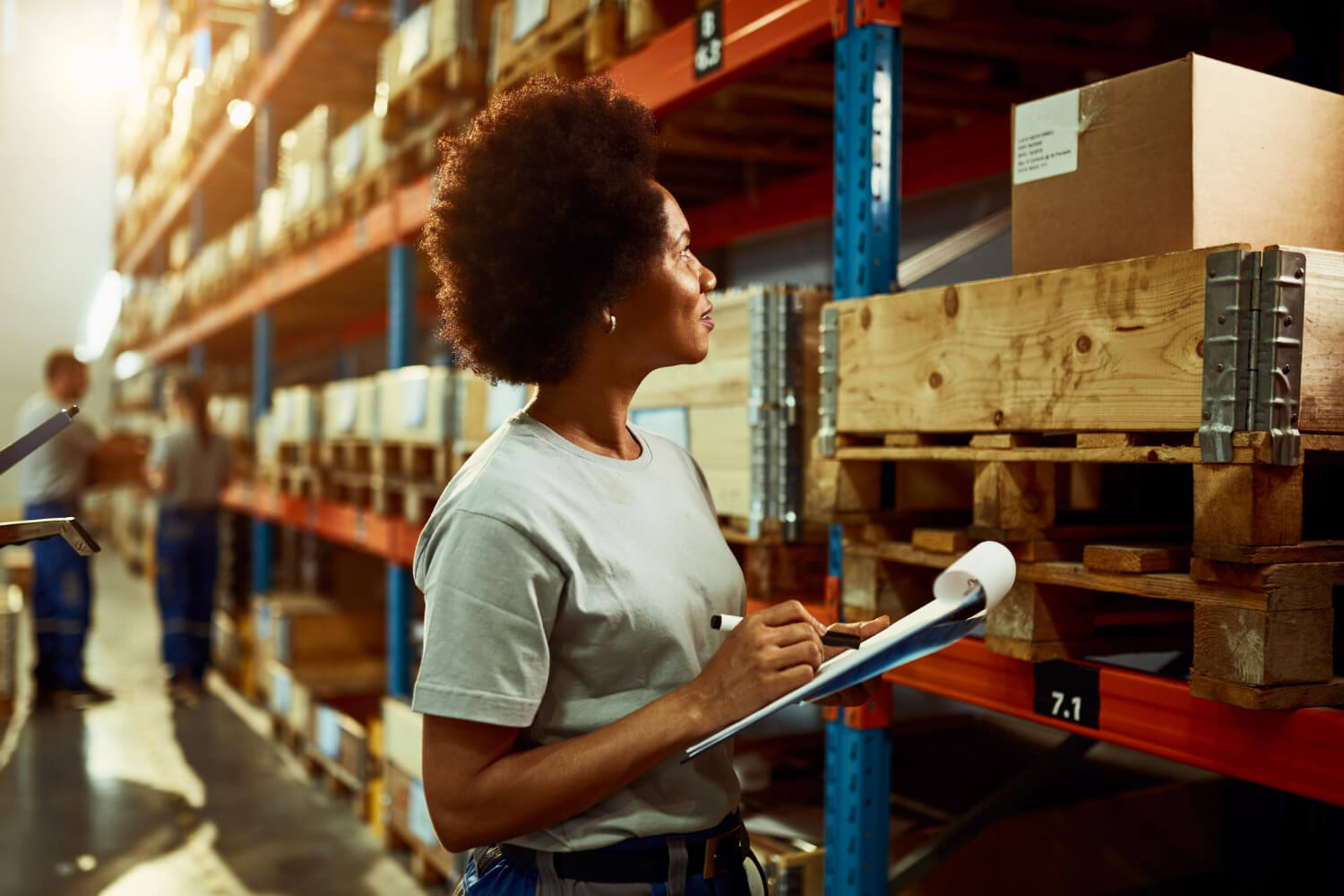Dropshipping Fulfillment - How to Fulfill Dropship Orders in 2025
As a dropshipper, your supply chain influences everything you do. But it’s also hard to manage because many different parties are involved.
Order fulfillment involves managing manufacturers, multiple dropshipping suppliers, and customer expectations simultaneously.
The secret to a successful dropshipping business model is to streamline your order fulfillment by getting your manufacturers or suppliers to send products directly to the customer. At the same time, you then focus on your marketing and sales channels.
This article explains how the order fulfillment process works and provides five steps to do it efficiently.
Who Are the Parties Involved in Dropshipping?

Before diving into exactly how the dropshipping fulfillment process works, it is important to understand who is involved.
Essentially, there are three main parties that take part in a dropshipping supply chain:
🔷 Manufacturers / Brands
Manufacturers create products but mostly don’t sell directly to the public. Rather, they will sell in bulk to wholesalers and retailers. Buying in bulk from a manufacturer is often the cheapest way to acquire products for resale, but it comes with its own challenges. Firstly, manufacturers have minimum purchase requirements, so you have to buy in bulk, meaning you must keep stock and either fulfill customer orders yourself or use a third-party fulfillment company.
🔷 Wholesale distributors
Wholesale distributors will purchase products in bulk from manufacturers and sell them at a profit to retailers. Wholesalers typically stock products within a specific niche but from multiple manufacturers. They will also usually only sell to retailers and not to the public.
Wholesale dropshipping suppliers will ship orders placed via dropshipping eCommerce stores directly to the customers who placed the online orders.
🔷 Retailers
Anyone who sells products they purchased from a manufacturer or wholesaler to the public qualifies as a retailer. So, if you run a dropshipping eCommerce store, you qualify as a retailer, and your job is to act as the middleman between the customer and the dropshipping supplier.
How Does a Dropshipping Business Fulfill Orders?
.png?width=1384&height=883&name=image1%20(1).png)
The order fulfillment process happens after you take a customer’s payment. It’s how, from start to finish, you take products from a manufacturer and get them to the customer.
Dropshipping is a type of order fulfillment. A retail dropshipping business sells products on its online store. When a customer purchases a product, the dropshipper buys it from a wholesale dropshipping supplier (who will usually have bought it from a manufacturer).
The dropshipping supplier will ship products to the customer directly. Dropshipping companies facilitate the transaction but don’t touch the products. Instead, they act as a middleman, focusing on marketing and selling the product.
Done right, dropship order fulfillment will automatically send orders from your website to the supplier’s system. The supplier then manages order fulfillment by sending the product to the customer.
The order fulfillment process is holistic and involves disciplines like:
- Inventory management
- Packing and shipping
- Customer communications
- Customer experience
If that sounds like too much of a hassle, don’t worry. As a dropshipper, your supplier will streamline most of your order fulfillment process.
Your focus should be on maintaining customer loyalty. For example, even though your suppliers ship directly to your customers, your responsibility is to ensure that order fulfillment is efficient and profitable and that orders are fulfilled to the customer’s satisfaction.
Implementing efficient and automated order fulfillment processes frees you up to deal with issues like defective items and managing your eCommerce store.
What Is the Order Fulfillment Process?

Every dropship order goes through these five fulfillment steps.
Step 1: Integrate with your supply chain
To kick things off, decide what products you will sell and find trusted dropshipping suppliers for them.
The dropshipping supplier will typically guide you on pricing, minimum orders, and other fees. They’ll also provide you with product photos and descriptions, so you can sell without even touching the products.
This dropshipping fulfillment process might sound easy from your perspective, but it can still involve a lot of manual work. For example, you will need to create product listings, upload product data, ensure inventory levels in your online store are current, and that your pricing remains current.
However, you can use a solution like Spark Shipping to automate most of these inventory management processes.
Step 2: Your customer places an order
After listing the supplier’s products on your website, you get to work marketing and making sales. When a customer orders from your store, it creates a chain of fulfillment actions.
The first step in this chain is processing the customer’s order. This means you need to process payment, check which of your suppliers has stock, and notify the relevant supplier of the order.
Once the order has been processed, the customer’s payment will hit your bank account, enabling you to pay your supplier.
| 💎Selling across multiple channels? Check out our guide on distributed order management! |
.png?width=1350&height=900&name=image5%20(1).png)
Step 3: You communicate the order to your supplier
After processing the customer’s order, your will need to place an order with the dropshipping supplier for the product.
However, most systems don’t automatically forward orders to your supplier, so you typically have to email the supplier the order information.
Alternatively, you can set up an automated system like Spark Shipping, which allows you to directly integrate with your suppliers’ order processing system and automatically notify them of the order as soon as it is placed.
You can even map a product listing to multiple suppliers and set up intelligent order routing rules to, for example, always route orders to the lowest cost in-stock supplier.
This saves you from sending hundreds of emails to your suppliers daily.
Once a supplier receives your order, they will charge you the wholesale price, shipping, and any other fees.
Step 4: The supplier picks, packs, and ships the order
The supplier takes care of order fulfillment once they have received your payment. They pick, pack, and ship the order directly to the customer, but your name, address, and logo will be on the packing invoice.
After they prepare the product for shipping, the supplier will send you an invoice and tracking number.
You’ll either need to receive each tracking number manually (and enter it manually into your marketplace) or use an automated system like Spark Shipping to integrate directly with the supplier’s tracking system.
From here, you’re responsible for passing the tracking information to the customer, so it’s essential to know information like shipping times.
.png?width=1600&height=1067&name=image2%20(2).png)
Step 5: You pay the supplier
Depending on your supplier, you might be billed for each order via a credit card kept on file, or the supplier will invoice you every 30, 60, or 90 days.
This is something you need to negotiate with your supplier ahead of time. At first, the supplier might only offer you pre-order billing. But you can likely agree on credit terms after building a solid relationship with them.
Buying on credit is essential for improving your cash flow, so don’t overlook the power of a good supplier relationship!
After you pay your supplier, the transaction is officially completed. As a dropshipper, you keep the difference between your supplier's charges and the customer's payment. The industry average for dropshipping profit margins is 20%.
Improve Your Order Fulfillment and Grow Your eCommerce Business
As a dropshipper, your online business acts as a middleman between a dropshipping supplier and the customer.
This means that finding trustworthy suppliers is critical. With the right suppliers, you’ll experience lower risk and will be able to grow your online store quicker.
And if you want to grow your eCommerce business, automation is the key! Free up more time to focus on marketing, maximize profit margins, and reduce errors with a smart automation system like Spark Shipping.
Find out how we help dropshippers ruthlessly eliminate any inefficiencies in order fulfillment!
Popular Posts
Posts by Topic
- Dropshipping (10)
- Dropshipping Automation (6)
- Dropship Suppliers (4)
- EDI (3)
- Pricing Strategy (3)
- Amazon Seller Central (2)
- Automotive Dropshipping (2)
- Conversion Rate Optimization (2)
- Dropshipping Products (2)
- Order Management (2)
- Shipping (2)
- Vendor Product Catalog (2)
- AI Dropshipping (1)
- Dean Soto (1)
- Feature Announcement (1)
- Online Empire Academy (1)
- Product Optimization (1)
- Walmart Marketplace (1)
- referral marketing (1)